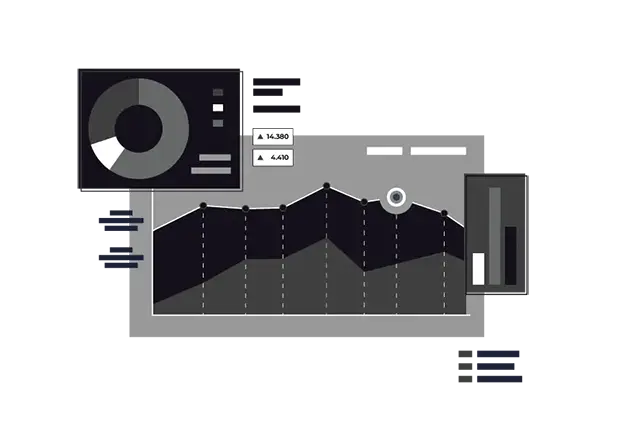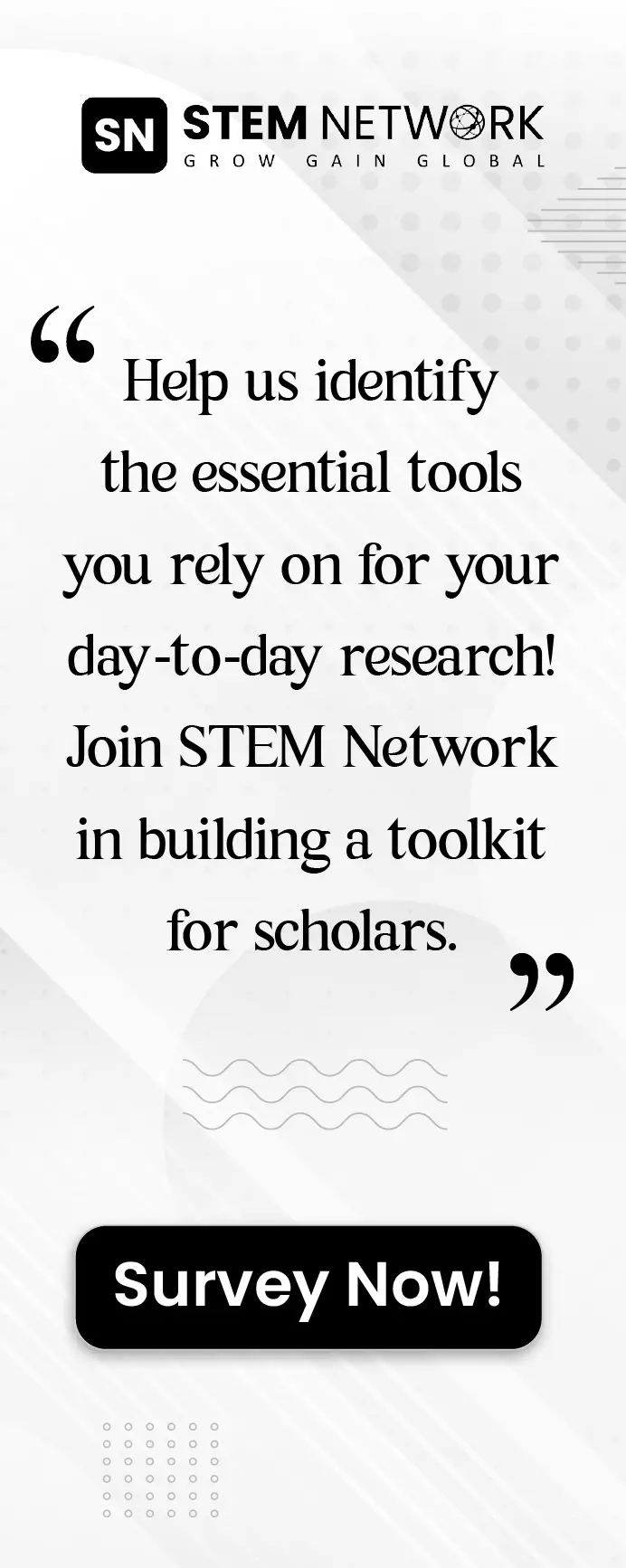

Tableau
Tableau is a leading data visualization and business intelligence (BI) platform that enables users to connect to data, create interactive visualizations, and share insights across organizations. Founded in 2003 and later acquired by Salesforce, Tableau is known for its user-friendly interface, powerful analytics capabilities, and ability to transform complex data into easily understandable visual representations. Tableau helps users explore data, identify trends, and make informed decisions, making it an indispensable tool for data analysts, business professionals, and decision-makers.
Tableau
Tableau is a leading data visualization and business intelligence (BI) platform that enables users to connect to data, create interactive visualizations, and share insights across organizations. Founded in 2003 and later acquired by Salesforce, Tableau is known for its user-friendly interface, powerful analytics capabilities, and ability to transform complex data into easily understandable visual representations. Tableau helps users explore data, identify trends, and make informed decisions, making it an indispensable tool for data analysts, business professionals, and decision-makers.
Mission and Vision
Tableau's mission is to help people see and understand data. The platform aims to democratize access to data analytics by providing intuitive tools that empower users of all skill levels to analyze, visualize, and share insights. Tableau's vision is to enable a data-driven culture where individuals and organizations can harness the power of data to solve problems, improve operations, and drive innovation.
Salesforce's acquisition of Tableau has further integrated the platform into a broader ecosystem of cloud-based business solutions, enhancing Tableau's capabilities and extending its reach to a global user base.
Key Features and Capabilities
Tableau offers a range of features that make it a powerful tool for data analysis and visualization:
 Interactive Data Visualization: Tableau's primary strength lies in its ability to create interactive and visually appealing data visualizations. Users can create dashboards, reports, and charts that allow viewers to explore data dynamically, enhancing the depth of analysis and understanding.
Interactive Data Visualization: Tableau's primary strength lies in its ability to create interactive and visually appealing data visualizations. Users can create dashboards, reports, and charts that allow viewers to explore data dynamically, enhancing the depth of analysis and understanding. Drag-and-Drop Interface: Tableau's drag-and-drop interface makes it easy for users to create visualizations without needing extensive technical skills. Users can connect to data sources, select fields, and design charts through simple actions, reducing the time required to build insights.
Drag-and-Drop Interface: Tableau's drag-and-drop interface makes it easy for users to create visualizations without needing extensive technical skills. Users can connect to data sources, select fields, and design charts through simple actions, reducing the time required to build insights. Data Connectivity: Tableau connects to a wide variety of data sources, including Excel, SQL databases, cloud services, and big data platforms. This flexibility allows users to integrate data from multiple sources, ensuring that analyses are comprehensive and based on the latest information.
Data Connectivity: Tableau connects to a wide variety of data sources, including Excel, SQL databases, cloud services, and big data platforms. This flexibility allows users to integrate data from multiple sources, ensuring that analyses are comprehensive and based on the latest information. Advanced Analytics and Calculations: Tableau supports advanced analytics through built-in calculations, statistical modeling, and predictive analysis features. Users can create custom calculations, perform trend analysis, and apply statistical functions directly within visualizations.
Advanced Analytics and Calculations: Tableau supports advanced analytics through built-in calculations, statistical modeling, and predictive analysis features. Users can create custom calculations, perform trend analysis, and apply statistical functions directly within visualizations. Real-Time Data Analysis: Tableau's live connection capabilities allow users to analyze data in real-time, providing up-to-date insights that reflect the current state of business operations. Real-time analytics enable organizations to respond quickly to changes and make timely decisions.
Real-Time Data Analysis: Tableau's live connection capabilities allow users to analyze data in real-time, providing up-to-date insights that reflect the current state of business operations. Real-time analytics enable organizations to respond quickly to changes and make timely decisions. Geospatial Analysis and Mapping: Tableau includes robust mapping and geospatial analysis tools that allow users to visualize data on maps. These features are particularly useful for analyzing location-based data, such as sales territories, demographic trends, and geographic patterns.
Geospatial Analysis and Mapping: Tableau includes robust mapping and geospatial analysis tools that allow users to visualize data on maps. These features are particularly useful for analyzing location-based data, such as sales territories, demographic trends, and geographic patterns. Storytelling with Data: Tableau's storytelling feature allows users to create data-driven narratives by linking multiple visualizations together in a cohesive presentation. This functionality helps users communicate findings effectively and guide viewers through complex data stories.
Storytelling with Data: Tableau's storytelling feature allows users to create data-driven narratives by linking multiple visualizations together in a cohesive presentation. This functionality helps users communicate findings effectively and guide viewers through complex data stories. AI-Powered Insights with Tableau AI: Tableau incorporates artificial intelligence to enhance data exploration and insight generation. Features like Explain Data provide automated insights into data patterns, helping users identify key drivers and uncover hidden trends without manual analysis.
AI-Powered Insights with Tableau AI: Tableau incorporates artificial intelligence to enhance data exploration and insight generation. Features like Explain Data provide automated insights into data patterns, helping users identify key drivers and uncover hidden trends without manual analysis. Collaboration and Sharing: Tableau supports collaboration through Tableau Server and Tableau Online, which allow users to publish dashboards and share them with colleagues. This facilitates collaborative decision-making and ensures that data insights are accessible to stakeholders.
Collaboration and Sharing: Tableau supports collaboration through Tableau Server and Tableau Online, which allow users to publish dashboards and share them with colleagues. This facilitates collaborative decision-making and ensures that data insights are accessible to stakeholders. Security and Governance: Tableau provides robust security features that ensure data integrity, privacy, and compliance. Organizations can manage user permissions, control data access, and maintain governance standards while enabling widespread data exploration.
Security and Governance: Tableau provides robust security features that ensure data integrity, privacy, and compliance. Organizations can manage user permissions, control data access, and maintain governance standards while enabling widespread data exploration.
Applications and Use Cases
Tableau's versatility makes it suitable for a wide range of applications across various industries:
 Business Intelligence and Analytics: Tableau is widely used for business intelligence, helping organizations analyze performance metrics, track KPIs, and identify trends. Its interactive dashboards provide executives with a clear view of business operations, supporting strategic decision-making.
Business Intelligence and Analytics: Tableau is widely used for business intelligence, helping organizations analyze performance metrics, track KPIs, and identify trends. Its interactive dashboards provide executives with a clear view of business operations, supporting strategic decision-making. Sales and Marketing: Tableau helps sales and marketing teams analyze campaign performance, customer data, and sales trends. Its visualizations enable marketers to understand audience behavior, optimize campaigns, and improve sales forecasting.
Sales and Marketing: Tableau helps sales and marketing teams analyze campaign performance, customer data, and sales trends. Its visualizations enable marketers to understand audience behavior, optimize campaigns, and improve sales forecasting. Financial Analysis: Finance professionals use Tableau to analyze financial data, monitor cash flow, and create budget forecasts. Tableau's ability to integrate data from accounting systems and visualize financial metrics supports financial planning and analysis.
Financial Analysis: Finance professionals use Tableau to analyze financial data, monitor cash flow, and create budget forecasts. Tableau's ability to integrate data from accounting systems and visualize financial metrics supports financial planning and analysis. Healthcare and Life Sciences: In healthcare, Tableau is used to analyze patient data, track clinical outcomes, and optimize hospital operations. Its visualizations help healthcare providers identify trends in patient care, reduce costs, and improve service delivery.
Healthcare and Life Sciences: In healthcare, Tableau is used to analyze patient data, track clinical outcomes, and optimize hospital operations. Its visualizations help healthcare providers identify trends in patient care, reduce costs, and improve service delivery. Education and Research: Tableau is used in academia to teach data visualization and support research projects. Researchers use Tableau to explore complex datasets, present findings, and create interactive visualizations that engage audiences.
Education and Research: Tableau is used in academia to teach data visualization and support research projects. Researchers use Tableau to explore complex datasets, present findings, and create interactive visualizations that engage audiences. Supply Chain and Operations: Tableau helps supply chain professionals monitor inventory levels, track logistics, and optimize production schedules. Its real-time analytics provide insights that enhance operational efficiency and reduce costs.
Supply Chain and Operations: Tableau helps supply chain professionals monitor inventory levels, track logistics, and optimize production schedules. Its real-time analytics provide insights that enhance operational efficiency and reduce costs.
Benefits of Using Tableau
Tableau offers numerous advantages that make it a preferred tool for data visualization and business intelligence:
 Ease of Use: Tableau's drag-and-drop interface and intuitive design make it accessible to users with varying levels of technical expertise. This ease of use accelerates the process of creating visualizations and exploring data.
Ease of Use: Tableau's drag-and-drop interface and intuitive design make it accessible to users with varying levels of technical expertise. This ease of use accelerates the process of creating visualizations and exploring data. Powerful Data Connectivity: Tableau's ability to connect to a wide range of data sources ensures that users can integrate data from multiple systems, providing a comprehensive view of business performance.
Powerful Data Connectivity: Tableau's ability to connect to a wide range of data sources ensures that users can integrate data from multiple systems, providing a comprehensive view of business performance. Interactive and Engaging Visualizations: Tableau's visualizations are interactive, allowing users to drill down into data, filter views, and explore insights dynamically. This interactivity enhances the depth of analysis and engages viewers.
Interactive and Engaging Visualizations: Tableau's visualizations are interactive, allowing users to drill down into data, filter views, and explore insights dynamically. This interactivity enhances the depth of analysis and engages viewers. Real-Time Analysis: Tableau's real-time data capabilities enable users to monitor metrics as they happen, supporting timely decision-making. This feature is particularly valuable in fast-paced environments where up-to-date information is critical.
Real-Time Analysis: Tableau's real-time data capabilities enable users to monitor metrics as they happen, supporting timely decision-making. This feature is particularly valuable in fast-paced environments where up-to-date information is critical. Scalable and Secure: Tableau's scalability allows organizations to deploy it across departments, from small teams to enterprise-wide implementations. Its security features ensure that data is protected, compliant, and accessible only to authorized users.
Scalable and Secure: Tableau's scalability allows organizations to deploy it across departments, from small teams to enterprise-wide implementations. Its security features ensure that data is protected, compliant, and accessible only to authorized users. Collaboration and Sharing: Tableau's collaboration tools enable teams to share dashboards and work together on data analysis. This fosters a data-driven culture where insights are readily available to support collective decision-making.
Collaboration and Sharing: Tableau's collaboration tools enable teams to share dashboards and work together on data analysis. This fosters a data-driven culture where insights are readily available to support collective decision-making. Extensive Community and Resources: Tableau benefits from a large and active user community that shares tips, best practices, and solutions. Tableau's online forums, user groups, and training resources provide valuable support to users at all skill levels.
Extensive Community and Resources: Tableau benefits from a large and active user community that shares tips, best practices, and solutions. Tableau's online forums, user groups, and training resources provide valuable support to users at all skill levels.
Promoting Data-Driven Culture and Collaboration
Tableau promotes a data-driven culture by making data accessible to users across the organization. Its user-friendly interface and powerful sharing capabilities enable non-technical users to engage with data, explore insights, and participate in decision-making processes. Tableau's commitment to empowering users with data fosters a collaborative environment where data is a central element of strategy and innovation.
Impact on Business, Education, and Research
Tableau's impact extends across industries, enhancing business intelligence, supporting research, and promoting data literacy.
 Enhancing Business Decisions: Tableau's analytics capabilities provide businesses with actionable insights that drive decision-making. By visualizing data clearly and interactively, Tableau helps organizations identify opportunities, mitigate risks, and optimize performance.
Enhancing Business Decisions: Tableau's analytics capabilities provide businesses with actionable insights that drive decision-making. By visualizing data clearly and interactively, Tableau helps organizations identify opportunities, mitigate risks, and optimize performance. Supporting Research and Education: Tableau is widely used in academic settings to teach data visualization skills and support research. Its interactive nature engages students and researchers, making complex data more accessible and understandable.
Supporting Research and Education: Tableau is widely used in academic settings to teach data visualization skills and support research. Its interactive nature engages students and researchers, making complex data more accessible and understandable. Improving Operational Efficiency: In operations, Tableau helps organizations monitor processes, identify bottlenecks, and implement improvements. Its real-time analytics enable teams to respond quickly to changes and streamline operations.
Improving Operational Efficiency: In operations, Tableau helps organizations monitor processes, identify bottlenecks, and implement improvements. Its real-time analytics enable teams to respond quickly to changes and streamline operations.
Conclusion
Tableau is a powerful tool that transforms the way organizations interact with data. Its intuitive interface, robust analytics capabilities, and interactive visualizations make it an essential platform for data-driven decision-making. Whether used in business, education, or research, Tableau empowers users to explore data, uncover insights, and communicate findings effectively. By making data accessible and engaging, Tableau fosters a culture of exploration and innovation, helping organizations and individuals see and understand data in new ways.
Resource Library
Partnered Content Networks
© 2024 STEM Network. All rights reserved.





























